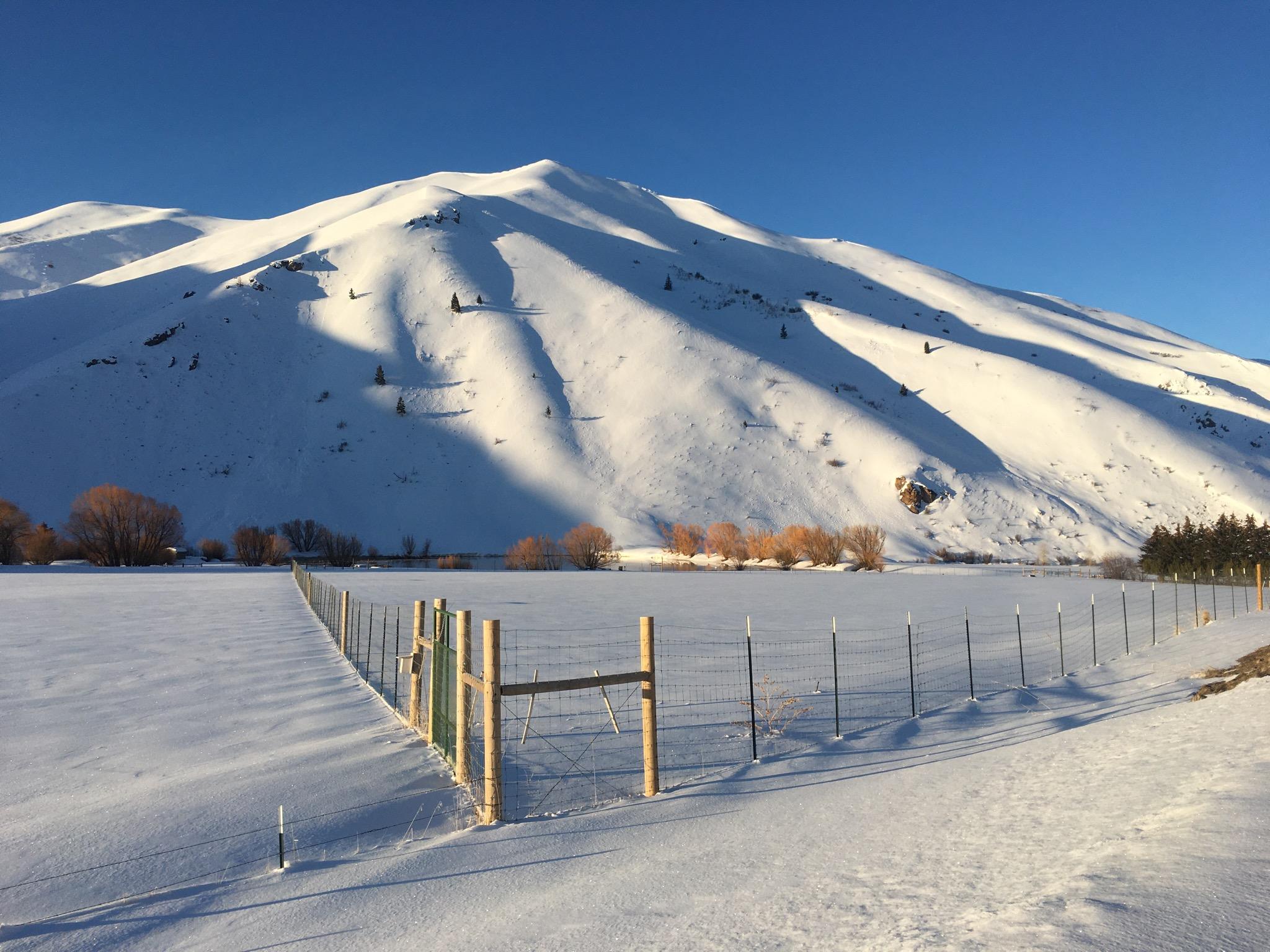BY HANNES THUM
We are living inside of a mountain reservoir.
It’s not the kind of reservoir that you might think of, with a man-made lake of water stored up behind a man-made dam. I’m not talking about some of our local dam-created examples such as the Magic, Mackay, Anderson Ranch, or Little Wood reservoirs.
This reservoir does not even currently exist as a body of liquid water.
This is the reservoir currently stored as ice and snow that still, in mid-April, covers virtually our entire valley in a white, solid, yet-to-be-melted mass of water: the frozen water that has been collected and stockpiled faithfully throughout the winter by the atmospheric rivers that have brought moisture from the ocean to our mountain home.
In winter, our streams and rivers reverse their courses, so to speak, and water travels back uphill. Solar power lifts water off of the surface of oceans and lakes far below us and brings it back to the mountains and deposits it as precipitation. And there it sits until springtime, when it can surge back downhill.
When I was a kid, a science teacher would have told me about this in the context of the “water cycle” (and I, as a science teacher, have taught many students about it) — but, like many things we learn as children, it doesn’t really sink in until we finally see it with our own eyes and it finally clicks.
I recently spent an afternoon calculating the mass, in pounds, of how much frozen water was on my roof when it suddenly clicked for me: that entire mass was lifted there by the sun itself (all the way from the ocean!). And then I calculated the mass of frozen water in my yard. And then I started to calculate the mass of frozen water in our entire river basin. I’m still working on that last one.
What a world.
If our valley is a reservoir, then it is an unusually full one this spring. And, because of our relatively cold winter and spring thus far, very little has left the system thus far.
Our local SNOTEL sites, these pretty neat remote weather stations that dot our backcountry and the backcountry all around the West, paint a story of what has yet to melt. SNOTEL stations can report what is called Snow Water Equivalent (SWE). Essentially, SWE measures the amount of water that is contained within the snowpack — because snow can exist in many different densities, SWE’s value lies in calculating the corresponding depth of the water if the snow that is sitting on the ground was melted.
As I write this on April 12, a SNOTEL station near Galena Lodge is reporting 20.4 inches of water locked up in the snowpack; the station on top of Trail Creek Summit is reporting 26 inches of water; a station near Chocolate Gulch is reporting 18.3 inches.
Dollarhide, on the western edge of our watershed, is currently reporting 33.9 inches of SWE.
Picture that: 3 feet of water is sitting on top of the ground in that location. Waiting to free itself from its solid form and flow downhill.
Hannes Thum is a Wood River Valley native and has spent most of his life exploring what our local ecosystems have to offer. He currently teaches science at Community School.



